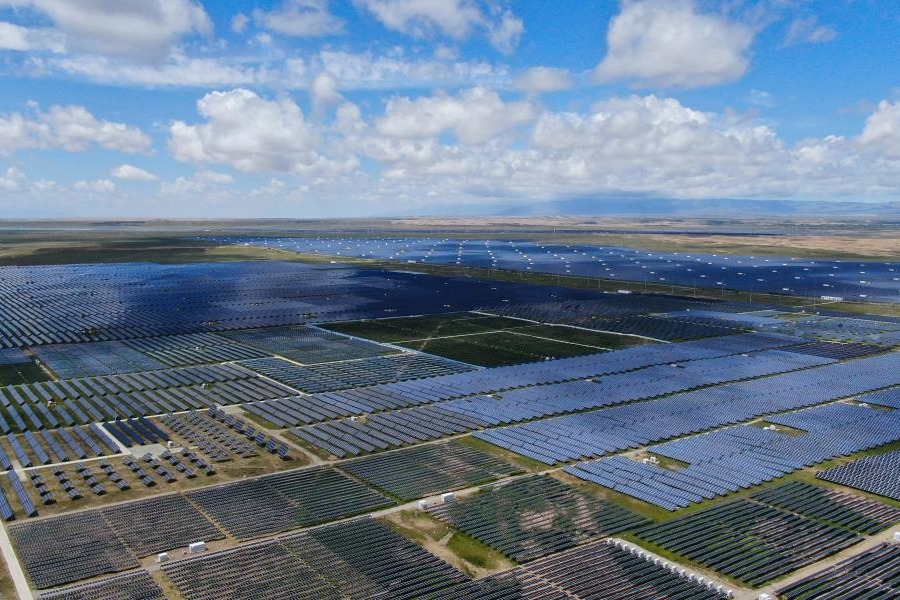Australia’s solar energy market is feeling the impact of rising living costs, with household solar installations experiencing a significant decline.
Decline in Solar Installations
In June, small-scale solar installations dropped by 14% despite lower panel prices, according to energy consultancy Sunwiz. The total capacity of new installations reached nearly 250 megawatts, matching last year’s figures for the same month. The first half of 2024 saw new rooftop installations exceed 1.5 gigawatts, a 6% increase from the previous year. Warwick Johnston, founder and managing director of Sunwiz, noted, “The cost of living is a significant factor. It’s taking longer from a proposal to progress to a sale.”
Affordability vs. Financial Constraints
Despite the reduced prices due to increased Chinese production, households struggle to gather the upfront funds needed for solar installations. Johnston emphasized, “Panels are now incredibly affordable if households can muster the upfront funds.” About one in three Australian homes currently have solar panels, and the Australian Energy Market Operator (AEMO) predicts this will rise to nearly 80% by 2050. The current capacity of 21GW in small-scale units is expected to reach 72GW by then.
Growth and Market Trends
Over the past five years, growth in rooftop solar systems has averaged 12%, making solar panels three times as common as backyard swimming pools. In the first quarter of 2024, rooftop solar contributed 13% of the total generation in the national electricity market. This share exceeded utility-scale solar (8.6%), wind power (11.8%), hydro (5.3%), and gas (4.1%), according to AEMO.
Future Outlook
Despite the current slowdown, Johnston remains optimistic about 2024’s potential. He predicts that 2024 could still be a record year for solar installations, surpassing the current record set in 2021. Commercial purchases of systems under 100 kilowatts are performing well so far in 2024, while residential installations lean towards smaller units due to financial pressures.
Discussions about a possible charge in New South Wales for households exporting surplus power to the grid have had minimal impact so far. Ausgrid estimates this charge would average about $6.60 per year, assuming retailers pass it on.
The Australian solar energy market continues to grow, but economic challenges pose significant hurdles for households looking to invest in solar technology.
Source:theguardian.com





